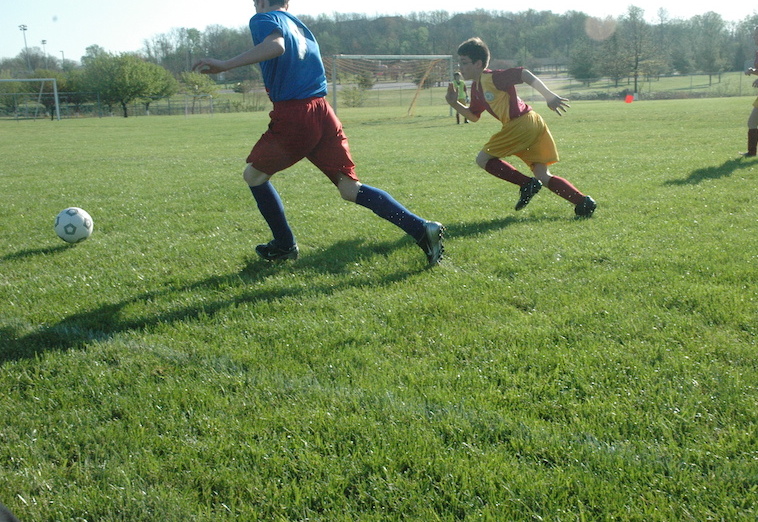As any businessperson knows, being able to position your product in the market is a vital component of success. Not only is it important to have a good product, but how do you tell the story about your product in a way that is attractive to potential customers? We are always quick to tell our story about what we want people to hear about turfgrass, but what is it that they want to hear? More importantly, what is it that causes decision-makers to see our product favorably? The Turfgrass Producers International Board of Trustees tasked our staff with this objective in late 2017 and after extensive research that concluded in late 2018, we will be incorporating the results into new TPI resources in 2019.
FleishmanHillard, a global public relations firm and digital marketing agency based in St. Louis, was selected as the winning proposal. They have over 80 offices in 30 countries that mean they can reach any audience, anytime, anywhere. This was certainly one of the contributing factors for TPI selecting FleishmanHillard, because it is important that whatever resources we create, we do it in a way that also serves our international members.
This work began in earnest as soon as the selection was made and included several different components. First, FleishmanHillard analyzed the current state of affairs in print and social media with regard to natural grass and artificial turf. TPI and its artificial turf competitors tout many of the same benefits including cost, environmental impact, durability and safety—many of consumers’ major concerns.
FleishmanHillard also analyzed the share of each group’s voice in digital media, as well as the positive, neutral, and negative perceptions by subject for natural grass and artificial turf. This analysis resulted in a clearer vision of the opportunities that TPI has to address consumer concerns when promoting natural grass. One of the key items that jumped out was that it appears natural grass fields are taken for granted. There are fewer arguments for natural grass, rather than against artificial turf, because natural grass is in the default position. Artificial turf often gets more coverage and has non-neutral articles simply because it is new and debated. TPI certainly has the opportunity to create a unified voice in promoting natural grass and can use this research to build upon its messaging.
In addition to looking outward, this research also looked inward to TPI members. FleishmanHillard interviewed TPI members to determine what it is that they see as hurdles in communicating the value of natural grass. These members included producers, field builders, sales staff, and licensors of natural grass. One of the key findings that came out of these discussions was that artificial turf is not the only enemy. TPI members believe that another tall hurdle is a general lack of education and understanding of natural grass and its benefits.
Another key finding that came out of this research is that TPI members call their product many different things. While this seems trivial, we later found that it does in fact lead to confusion in the marketplace. What many customers see as grass or turfgrass, they may not see, or make the connection to, as sod. For instance, when surveying 141 decision-makers (coaches, athletic directors, city employees, etc.) they ranked natural grass as their first choice for replacing community greenspaces while simultaneously ranking sod as their last choice. Aren’t they one and the same? Where is that disconnect coming from? This was just one of the many outcomes of this research that TPI will be using to create our message moving forward.
The analysis of this research leads us directly into the next phase of this work, which revolves around messaging. FleishmanHillard and TPI staff worked together to create a unified message that could be tested on key audiences for clarity, quality, and impact. This message was tested on 141 decision makers who serve in positions, which allow them to choose playing surfaces. They included athletic directors, school board members, elected officials, parks and recreation managers, community leaders, and more. A survey was conducted in late 2018 to determine the current understanding of natural grass and artificial turf as well as what caused the respondents to choose natural grass.
Most importantly however, TPI will use the results of this messaging research as a foundation moving forward in developing new resources for TPI members to promote natural grass. One of the first items just released, is the creation of a social media campaign built around #KeepItREAL which encourages everyone to Keep it REAL by choosing natural grass.
This was one of the items that TPI members voiced in our member research. They stated strongly that TPI needs to be the leading voice in promoting natural grass over artificial turf by providing publicly accessible information to share with decision makers.
The market research that TPI and FleishmanHillard has been conducting over the past 2 years has provided the necessary information for TPI staff to create new content as well as revise old content in a way that is strategic and impactful. We encourage everyone to #KeepItREAL in 2019 and beyond!
Casey Reynolds, PhD, is executive director of Turfgrass Producers International.


